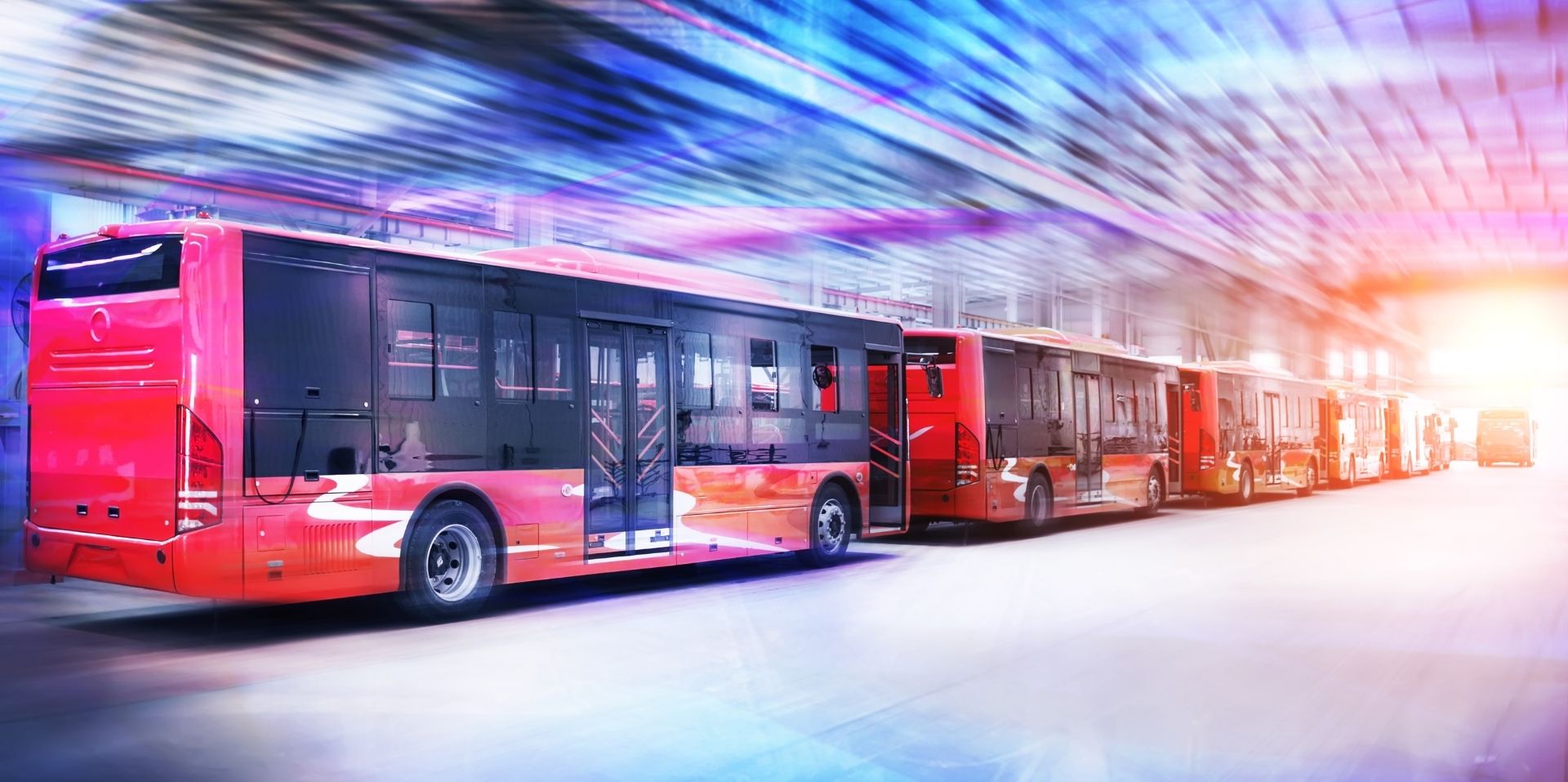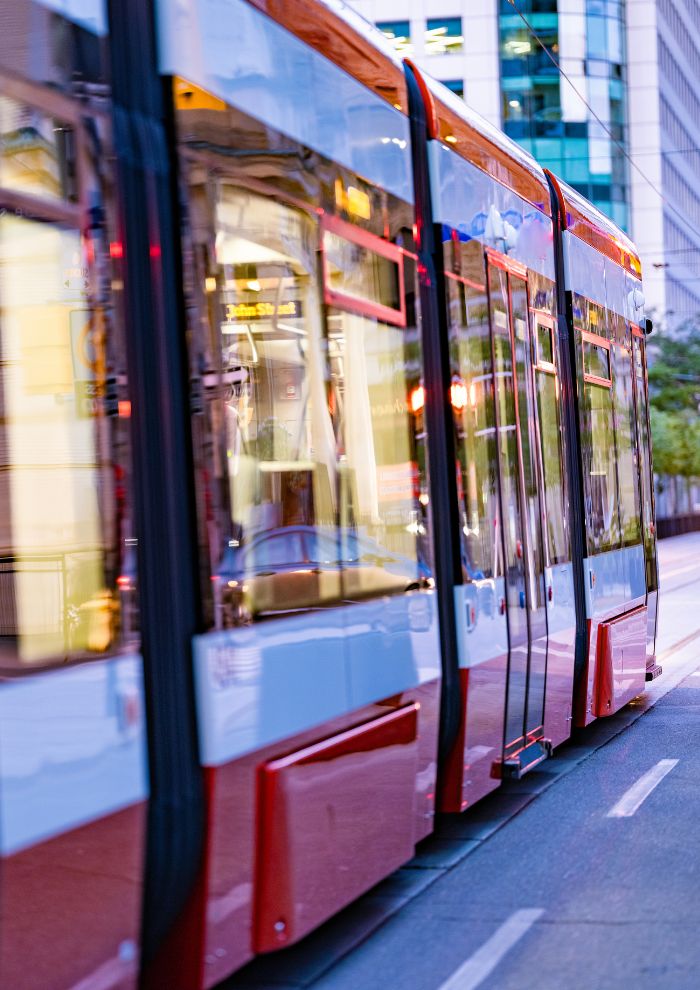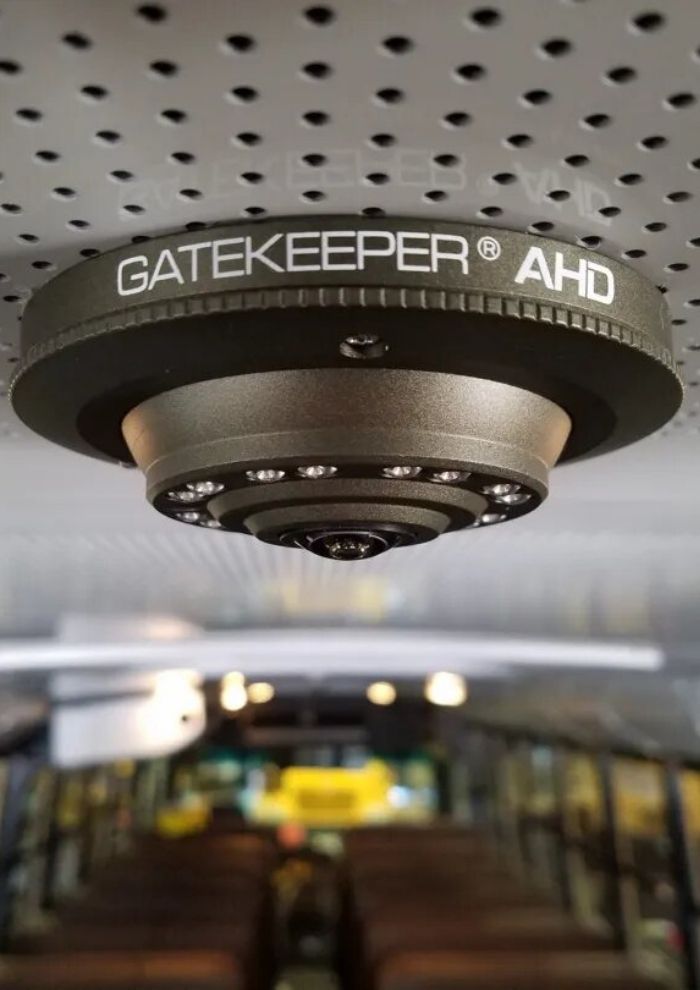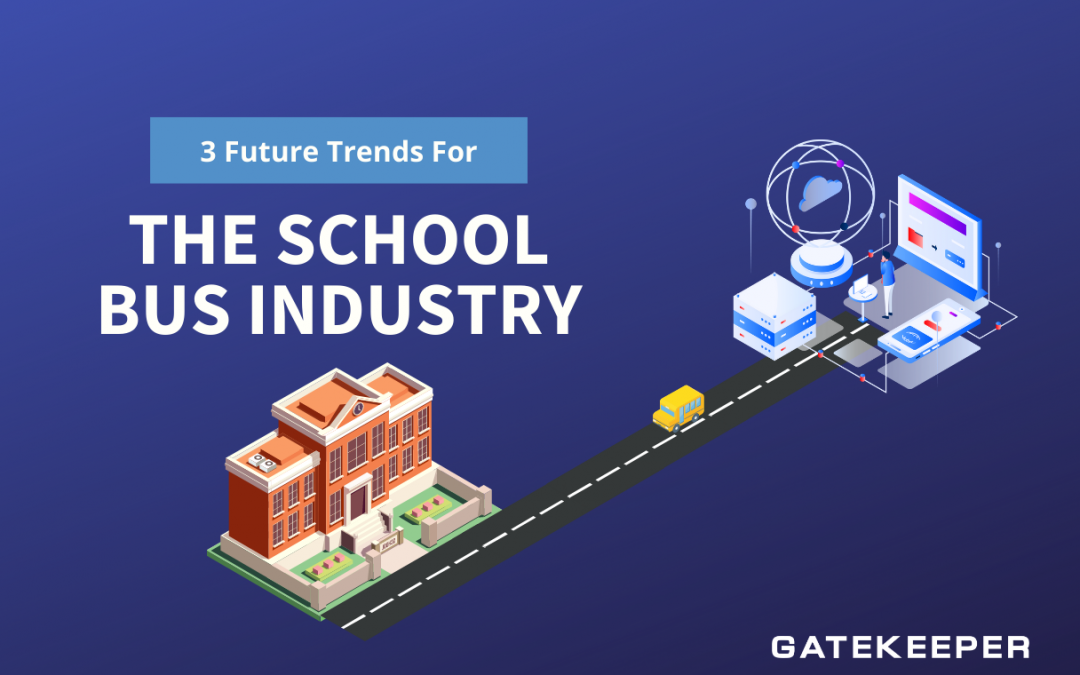The impact of the pandemic on the school bus industry has taken a heavy toll. School closures, driver shortages, and supply chain issues are just a few of the challenges the industry has faced since 2020.
Despite this, the U.S. school bus market is expected to grow to $5B by 2026.
The reason why is because school buses are still the single safest method of transporting children to and from schools.
School buses are regulated more than any other vehicle and are designed to be safer and better at preventing crashes and injuries than cars.
Students are roughly 70 times more likely to get to their destination safely when commuting by school bus instead of traveling in a car.
But, with school districts still facing driver shortages and the transportation industry shifting to electric vehicles, the school bus industry is going to be evolving in some key ways in the next several years.
3 Future Trends Of The School Bus Industry
Currently, more than 95% of all school buses run on fossil fuel, with the vast majority running on diesel.
The transportation industry as a whole is moving towards using electric vehicles, and school buses are no different.

Electric School Buses
There are a few reasons why school buses have traditionally been diesel-powered. Diesel engines typically last longer than gas and propane, and they can also get much better mileage.
But, using diesel-powered buses has some significant drawbacks. Diesel engines require constant maintenance, they expose passengers to harmful emissions, and they create greenhouse gases.
Electric buses emit zero emissions, and when compared with diesel buses their annual operating and maintenance cost is almost half.
There is also a substantial amount of funding available to transition to electric, with $5 billion committed over five years to replace existing diesel school buses with electric school buses through the Infrastructure Investment and Jobs Act.
There are also rebates available, with the United States Environmental Protection Agency (EPA) offering $500 million through the 2022 Clean School Bus Rebates for districts that replace their diesel school buses with zero-emission and low-emission buses.
Large school districts like Boston have already committed to replacing all of their school buses with electric school buses by 2030.
With the funding available, the continued investment in infrastructure and technology, and the lower maintenance and operation costs, the future of the school bus industry is going to be dominated by electric vehicles.

School Bus Wi-Fi
The average student spends about 40 minutes a day riding the school bus. That works out to roughly 20 full school days that students are spending on their commute.
School buses that have their own mobile Wi-Fi systems give students the opportunity to use that time productively for their school work.
Education has steadily been moving into the digital age. More and more school work is done online, and the pandemic only pushed this digital transition further and faster.
The problem that’s arisen in the wake of the push for digital learning is that there are a lot of students who don’t have the same access to technology and they are getting left behind.
Right now, nearly one-fourth of students don’t have home access to high-speed internet.
Students who don’t have adequate internet at home could use their time on Wi-Fi enabled buses to research for assignments, complete their homework, and check-in with their teachers.
Using Wi-Fi enabled school buses to bridge this homework gap for disadvantaged students was the focus of Google’s “Rolling Study Halls”, and the results were so promising that they expanded the program from North Carolina to include South Carolina and Colorado as well.
Gatekeeper’s Mobile Wi-Fi System (MWS) provides secure, content-filtered internet while buses are on the move and when they’re parked. MWS enabled school buses can also be used as mobile Wi-Fi hotspots to provide internet in underserved communities, another tool to help bridge the digital divide for disadvantaged students.
Using Mobile Wi-Fi is a way to provide students with more opportunities for learning by making their daily commute an extension of the classroom.

Unconventional Routing and Scheduling
There is a school bus driver shortage across all of North America and it’s an issue that is not going away anytime soon.
More than 80% of school districts have reported their operations have been impacted by bus driver shortages.
Schools and parents are having to navigate new schedules and routes, with some school districts at a crisis point for their lack of drivers.
School districts have had to change routes and stagger school start times to be able to get students to and from school.
Optimizing limited resources is crucial for school districts to meet transportation demands, and having the right data can help get the best results.
Using a tool like Gatekeeper’s CLARITY™ can help administrators identify the best rider and route combinations to minimize costs and maximize resources.
CLARITY™ is an all-in-one fleet management system that tracks the data needed for optimizing routes, with real-time updates on vehicle location based on GPS data and passenger counting data by route and stops.
It will likely be years before there isn’t a widespread shortage of school bus drivers. Optimizing routes and schedules is going to be one of the most important trends in the school bus industry.
The school bus industry is going to be evolving in the coming years, with new technology and new systems but the fact remains that there is no safer way to get children to and from school. School buses are here to stay.





